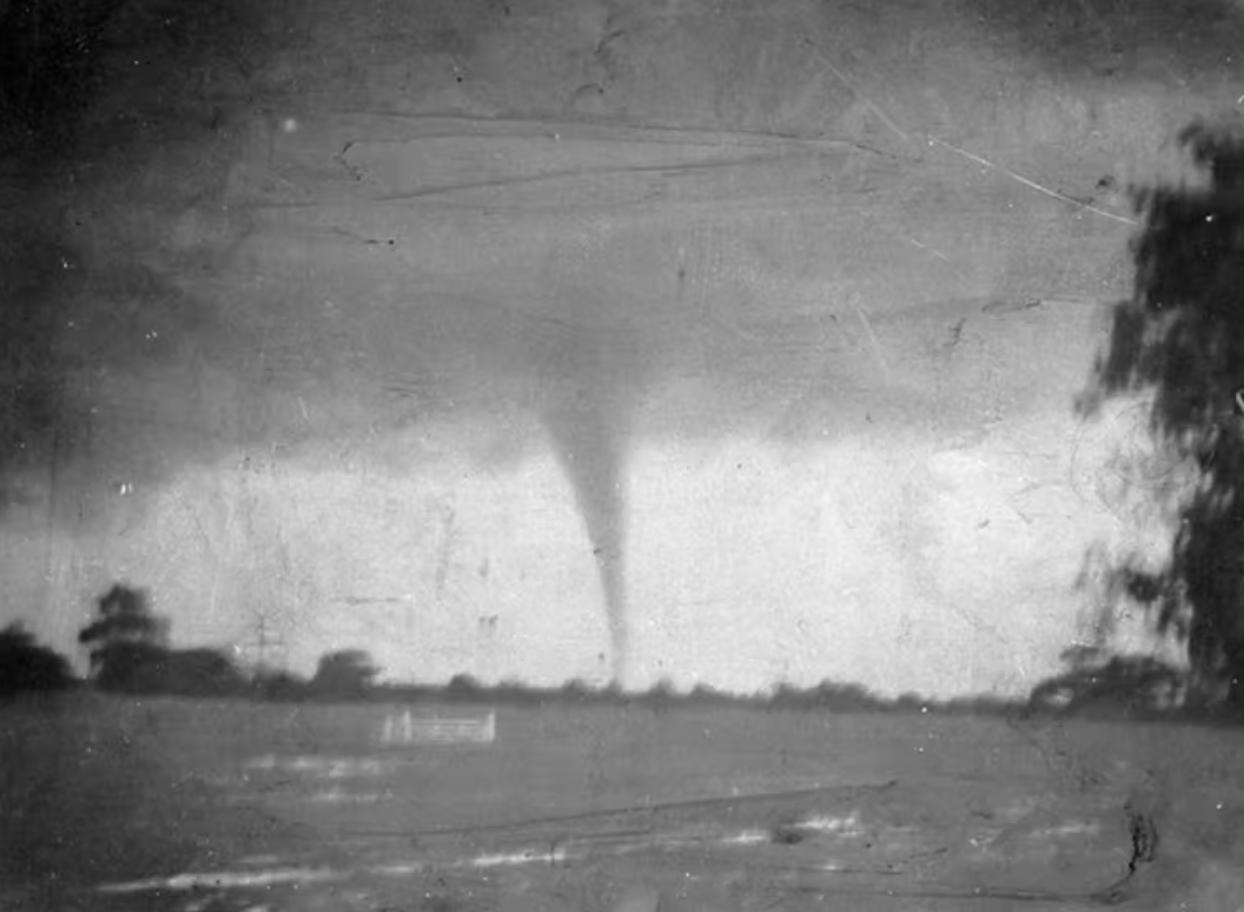When it comes to the quantification and mitigation of climate risk, many Australian businesses are right now unfortunately stuck in neutral. Just as it's true this is certainly not all businesses - as there are indeed many that are taking terrific and proactive steps in seeking to prepare their operations for climatic extremes - the reality is many are not doing enough. The bare minimum is not nearly sufficient, not now or into the future. Even if a business has taken some measures that mean it’s no longer going in reverse when it comes to responding appropriately to foreseeable natural perils, the next 10 to 15 years will invariably deliver a confronting environmental challenge if we use the past as a guide.
While many businesses continue to look to 2050 and beyond, they accordingly mistakenly envision this time frame as to when they’ll really need to get serious about climate risk mitigation. The real timeframe for building an effective and adaptable climate risk mitigation strategy is far shorter, as in today. That’s why now is a worthwhile time to discuss the risks that are already visible and why businesses must be proactively pursuing climate risk mitigation strategies now.
 The oldest known photograph of a tornado in Australia, taken at Marong in Victoria in 1911. C Hosken, Museum Victoria
The oldest known photograph of a tornado in Australia, taken at Marong in Victoria in 1911. C Hosken, Museum Victoria
The Sun is Setting on the Window for Meaningful Action
Companies are like cruise ships. They can conduct a great deal of business and possess a huge array of resources in comparison to a smaller vessel - but they are never going to be famous for their agility, just as cruise ships will never be able to change course as fast as a speedboat. It’s why any company’s leadership with the view that there is time on their side to pursue an agenda that mitigates the impacts of climate change is wrong. Yet many today continue to mistakenly imagine the real challenges of climate risk are decades away.
Foreseeable and measurable climate risks are already here. It’s why the actionable horizon is not decades away but requires action today. The next 10-15 years will be crucial for company directors in terms of presiding over the creation of a ‘resilience architecture’, a plan that enables the company to mitigate the risks of climate to their current and future operations using actionable intelligence.
A New Direction for Directors
The reality of this dynamic also raises worthwhile considerations for the nature of a director’s role and duties in Australia. Given the way in which companies are structured in Australia, oftentimes any criticism or challenge of a company’s conduct would find itself aimed at the company (structure), and in turn rarely would a company’s director(s) find itself ‘under the pump’, except for instances where there were exceptional circumstances.The fact is piercing the corporate veil has long been a very challenging task to achieve.
This said, although once upon a time directors may well have felt themselves by and large immune from any concerns in this area as it pertains to the environmental, social, and governance (ESG) factors surrounding climate risk action and mitigation, contemporary indicators now suggest that could be set for change. Accordingly, a strong argument exists today that devising and implementing a strong policy for climate risk mitigation is not only prudent for the benefit of the company, but also for its directors.
Thinking Big Should Not Come at the Expense of Small Steps
Directors must plan for the future of the company in the long term. As a result, it’s often appropriate to indeed consider and calculate a future for a business that is indeed decades down the line. Yet that cannot come at the expense of action today. Placing the establishment of a comprehensive climate risk mitigation strategy in the ‘too hard’ basket promises to enhance the risk that a company engaged in short-term thinking will suffer long-term pain.
The solution instead is to devise a long-term plan that offers the opportunity to take action in the short term. Yes, it’s no revelation to say no company has a crystal ball that will allow them to know precisely what will occur decades into the future. Yet there are also grave risks in failing to act on existing and compelling data. The kind of information which illustrates the critical need for businesses to have a proper plan for action surrounding the mitigation of the risks that the climate poses.
Taking Action Today
Since 2005 the Early Warning Network has offered comprehensive weather alerts and data to clients across Australia. Our team brings expertise in meteorology and spatial risk to our round-the-clock mission of monitoring and providing insightful and actionable data on weather risks.
Our team is at the forefront in Australia of assisting companies to create a climate risk mitigation plan, that enhances their strategic capability and enables all relevant stakeholders to gain a greater understanding of a company’s future goals, in addition to the measures it’s taking to safeguard and maintain the company’s interests amidst the worsening effects of climate change.
Contact Us for a Demo on How We Can Support Your Business